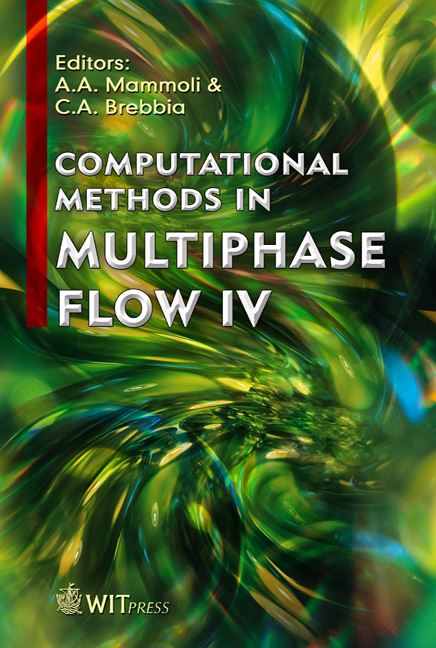Behaviour Of An Annular Flow In The Convergent Section Of A Venturi Meter
Price
Free (open access)
Transaction
Volume
56
Pages
10
Published
2007
Size
1,107 kb
Paper DOI
10.2495/MPF070191
Copyright
WIT Press
Author(s)
G. Salque, P. Gajan, A. Strzelecki & J. P. Couput
Abstract
This paper concerns the flow metering of wet gas by a Venturi meter. In many industrial applications dealing with the gas production, annular/dispersed two phase flows are mainly observed. A theoretical approach based on mass and momentum exchange permits prediction of the pressure, droplet velocity and film thickness distributions between the upstream and the downstream pressure taps. To improve these models, an experimental work dealing with the wall film thickness distribution in the convergent part of the Venturi meter is undertaken from flow visualizations and film thickness measurements. Averaged film thickness and wave characteristics in the convergent section are quantified and compared to theoretical results. Keywords: Venturi meter, convergent section, annular flow, liquid film, thickness, interface waves, resistive probes. 1 Introduction Liquid films flowing on solid surfaces may be observed in different fields (medicine, agriculture, automotive, spatial and aeronautics industry, energy plants, petrol and gas industry etc). Their behaviours were largely studied since few decades. Nevertheless, as far as we know, it seems that no work was published concerning the influence of a longitudinal pressure gradient. This is the case in a Venturi meter used to measure the gas and liquid production of natural reservoirs. When the gas is brought up to surface, condensation
Keywords
Venturi meter, convergent section, annular flow, liquid film, thickness, interface waves, resistive probes.





